


|
Featured Bio: |

|
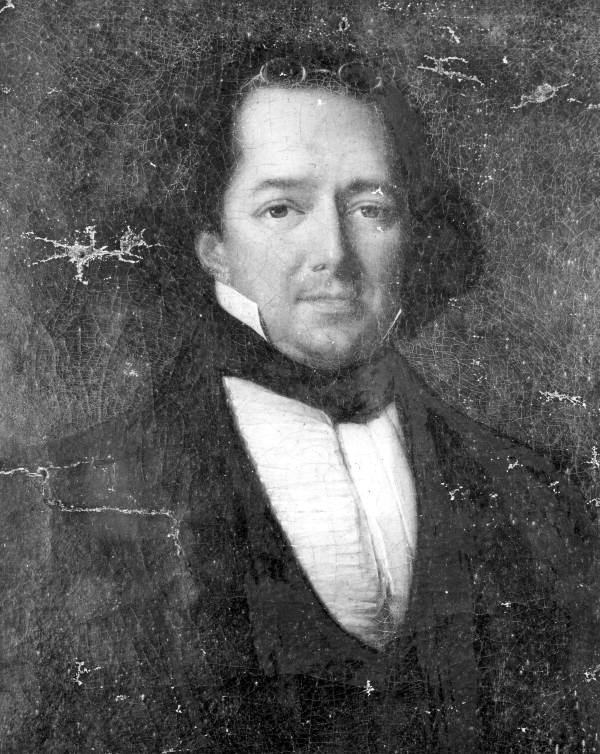 |
Achille Muratb. 1/21/1801 (Paris, France) – 4/15/1847 (Jefferson County, FL) (French Heritage)
“Achille Murat was born in 1801 in Paris, the son of Joachim Murat and Caroline Bonaparte,
and the nephew of Napoléon Bonaparte. During Napoleon's time in power, Murat was part of
the family dynasty that ruled the kingdom of Naples. After his father's death and the downfall
of Napoléon, he was placed under house arrest in Austria with his remaining family. In 1822,
aggravated with Austrian surveillance of his family and inspired by his appreciation
for America, he made his way across the Atlantic to make a better life for himself.
In 1823 Murat moved to Florida and resided for while as a planter and attorney near St. Augustine.
At this time he began to write about his observations on American politics and life in Florida.
He relocated to Tallahassee around 1825 and established a plantation that he called Lipona, an
anagram for "Napoli." In 1826 he married Catherine Gray, great-grand-niece of George Washington.
His book Esquisse morale et politique des États-Unis de l'Amérique du Nord appeared first in French
in 1832 and was later translated into English as The United States of America (1833) and America
and the Americans (1849). Another work, Exposition des principes du gouvernement républicain,
tel qu'il a été perfectionné en Amérique, dedicated to Andrew Jackson, appeared in 1833. Murat
long-identified himself as an American citizen and his writings were often in praise of the
country's accomplishments and culture.
Many of his observations were first written in letters to his former tutor, Comte Antoine
Thibaudeau. Murat's correspondence with Thibaudeau discussed various topics of his personal
life as well as his experiences as an American citizen.
He returned to Europe in 1830 after the outbreak of the "July Revolution" in France and
served briefly as colonel of the Belgian Legion. While there, he unsuccessfully attempted
to restore his family fortune. In 1834 he returned to the Tallahassee area empty-handed.
He died in 1847 and was buried in Tallahassee at the St. John's Episcopal Church Cemetery” (University of Florida Repository). |

|
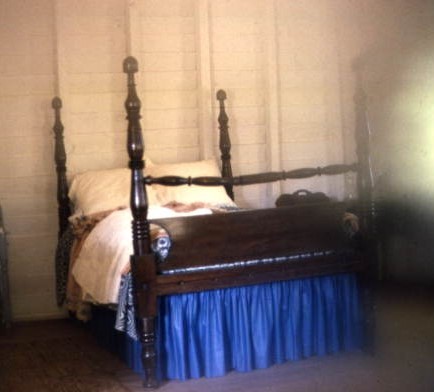
|
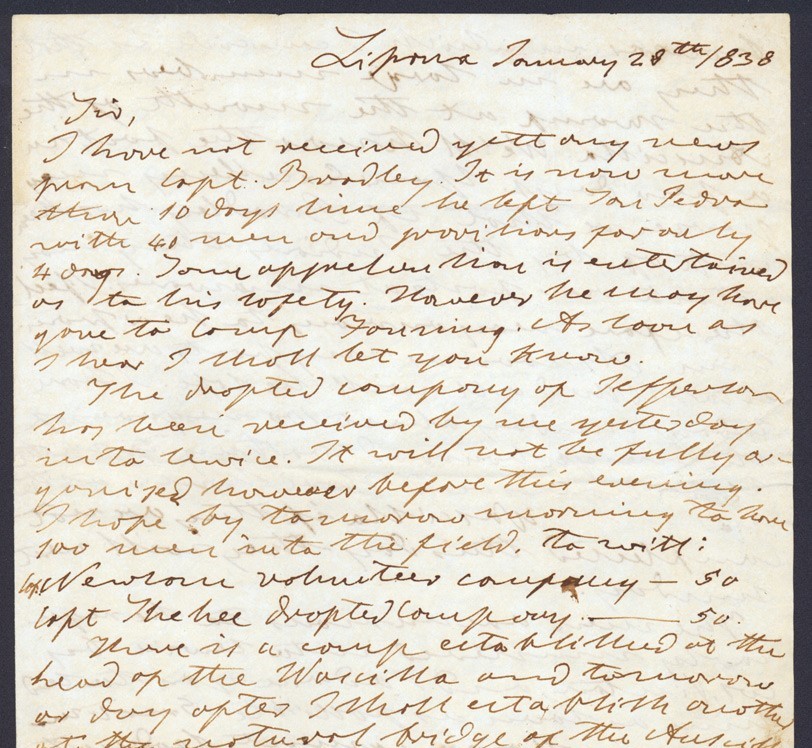
|
|
Balcony at the Prince Murat house - St. Augustine, Florida. |
Bed inside the Tallahassee Junior Museum, formerly the home of Princess Murat. |
Letter from Prince Achille Murat to Governor Richard K. Call: regarding military operations of two companies of troops against the Indians. |
|
1984 |
1967 (circa) |
1838 |
|
|
|
|
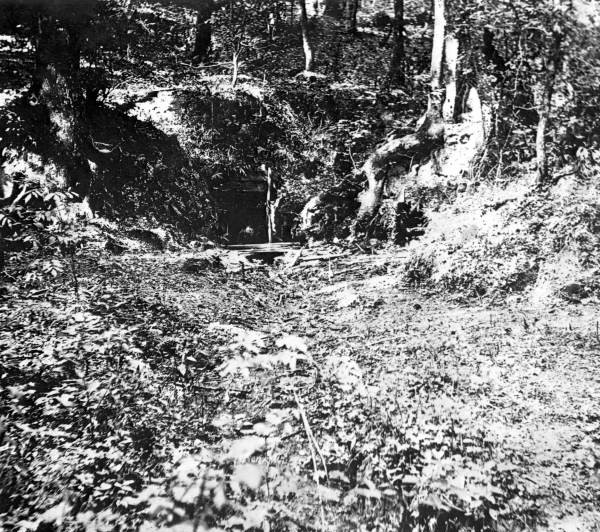
|
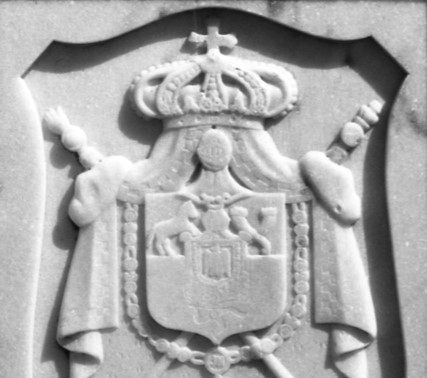
|
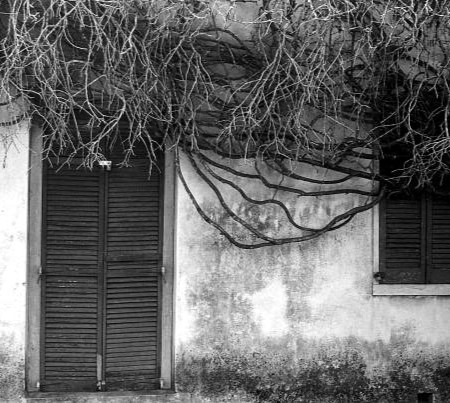
|
|
San Luis Mission park - Tallahassee, Florida. |
Close up view of a plaque on the Prince and Princess Murat tombs - Saint John's Episcopal Church Cemetery, Tallahassee, Florida. |
Entrance to the Prince Murat house - St. Augustine, Florida. |
|
1900 (circa) |
1965 |
1984 |
|
|
|
|
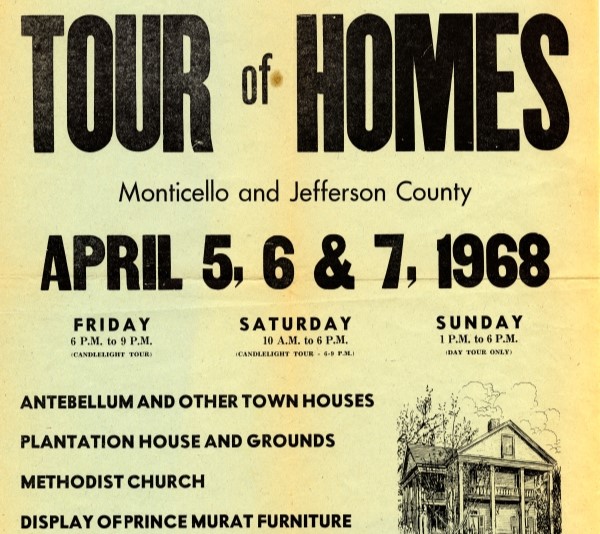
|
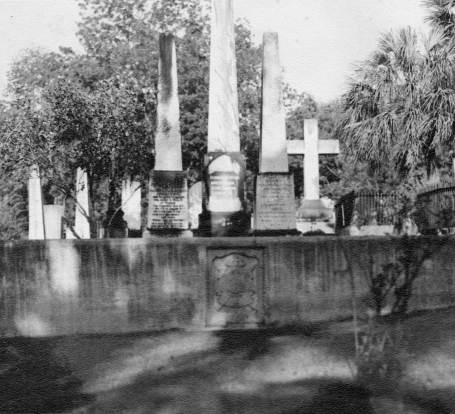
|
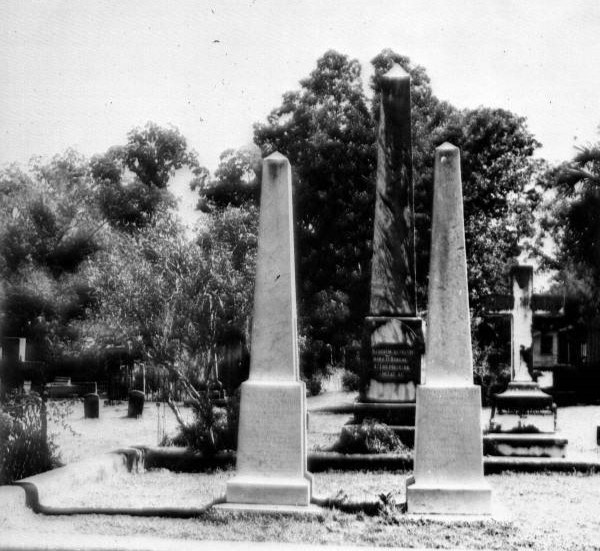
|
|
Flier advertising the Jefferson County Historical Association's Tour of Homes. |
Grave of Prince Murat and his wife - Saint John's Episcopal Church Cemetery, Tallahassee, FL. |
Graves of Prince and Princess Murat - Tallahassee, Florida. |
|
1968 |
1940 (circa) |
1972 |
|
|
|
|
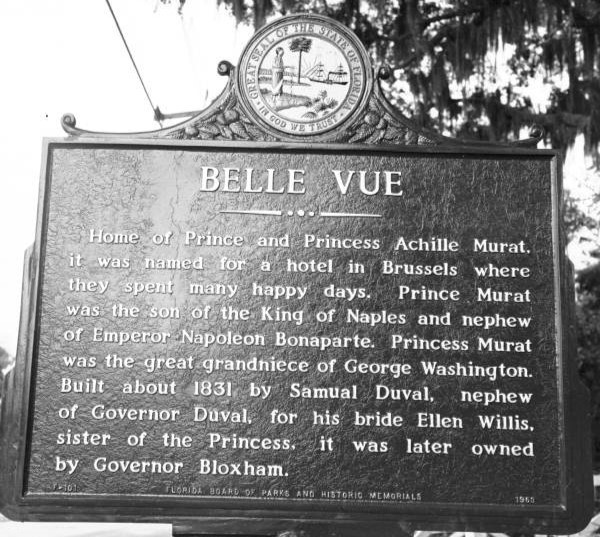
|
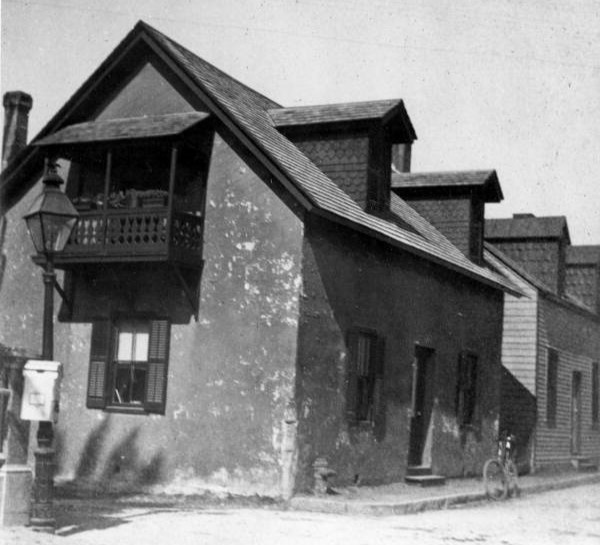
|
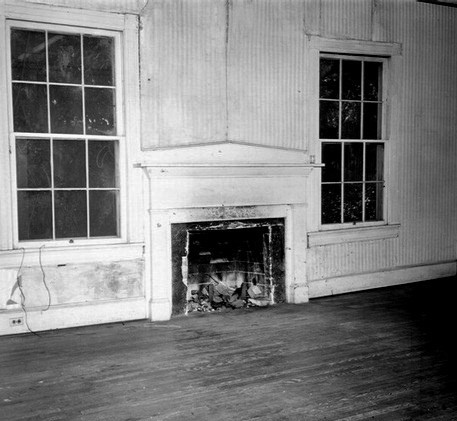
|
|
Historical marker for Leon County - Tallahassee, Florida. |
House built of coquina at the corner of St. George and Bridge streets: For a time, prince & princess Murat occupied this house. - Saint Augustine, Florida. |
Interior of Bellevue, home of Princess Murat - Tallahassee, FL. |
|
1963 |
1902 |
1949 |
|
|
|
|
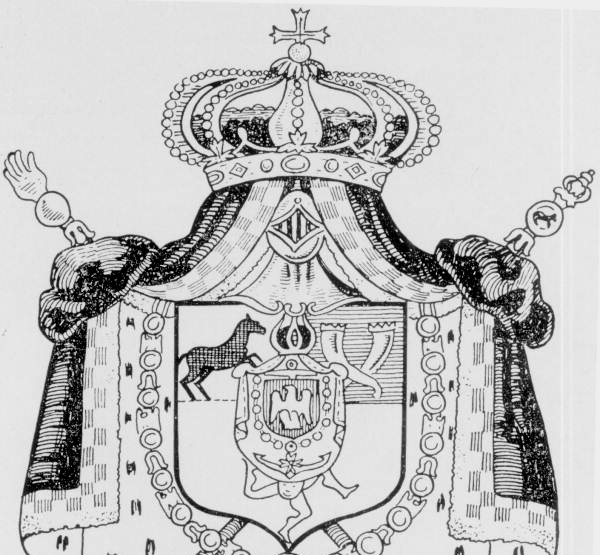
|
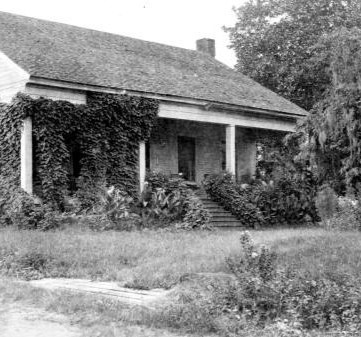
|
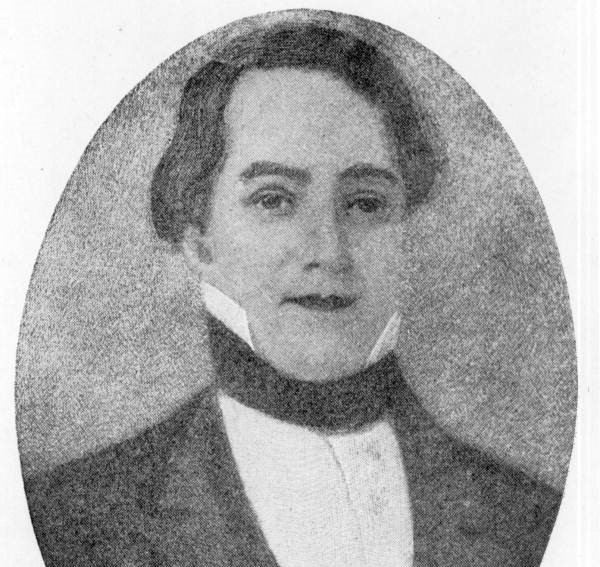
|
|
Murat coat of arms - Tallahassee, Florida. |
Murat family home - Tallahassee, Florida. It was built in the 1830s. Catherine Willis Gray Murat lived here after the death of her husband, Charles Louis Napoleon Achille Murat in 1847. It was later moved to the Junior Museum location. |
Painted portrait of Prince Charles Napoleon Achille Murat - Tallahassee, Florida. Eldest son of the King of Naples and Caroline, sister of Napoleon Bonaparte. |
|
1900 (circa) |
1900 (circa) |
1870 (circa) |
|
|
|
|
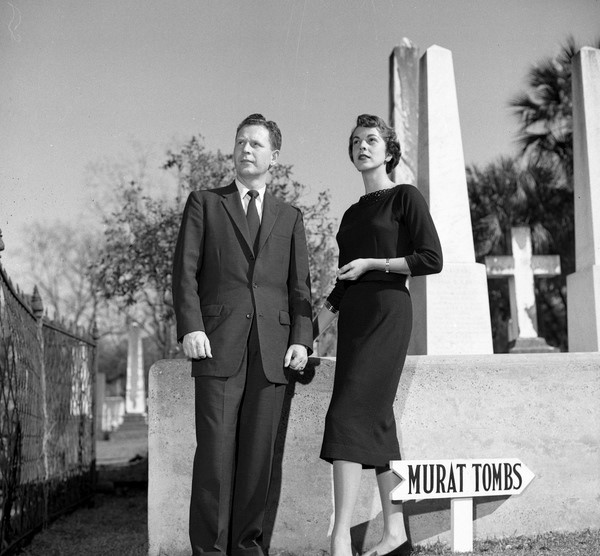
|
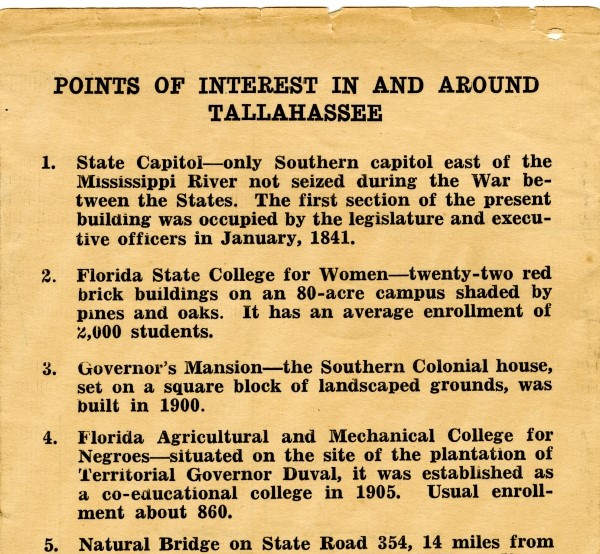
|
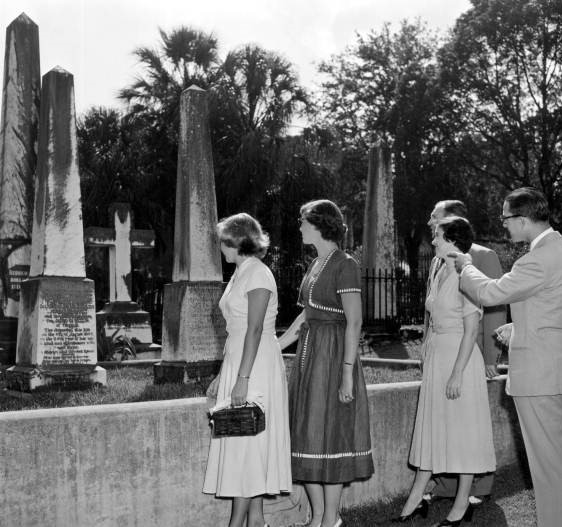
|
|
Unidentified couple visiting the Murat tombs in the Saint John's Episcopal Church Cemetery in Tallahassee, Florida. |
Tallahassee's Live Oak Trail brochure – areas of interest in and around Tallahassee, Florida. |
Women visit the graves of Prince Murat and his wife - Tallahassee, Florida. |
|
1957 |
1941 |
1950 |
|
|
|
|
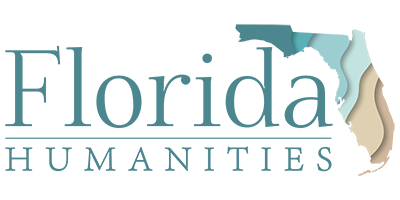

|
|
Funding for this program was provided through a grant from the Florida Humanities with funds from the National Endowment for the Humanities. Any views, findings, conclusions or recommendations expressed in this website do not necessarily represent those of Florida Humanities or the National Endowment for the Humanities. |

|
|
Florida SouthWestern State College, an equal access institution, prohibits discrimination in its employment, programs and activities based on race, sex, gender, age, color, religion, national origin, ethnicity, disability, pregnancy, sexual orientation, marital status, genetic information or veteran's status. The College is an equal access/equal opportunity institution. Questions pertaining to educational equity, equal access, or equal opportunity should be addressed to Title IX Coordinator/Equity Officer, 8099 College Parkway, Fort Myers, Florida 33919, equity@fsw.edu, 239.489.9051 or to the Assistant Secretary for Civil Rights, United States Department of Education. |